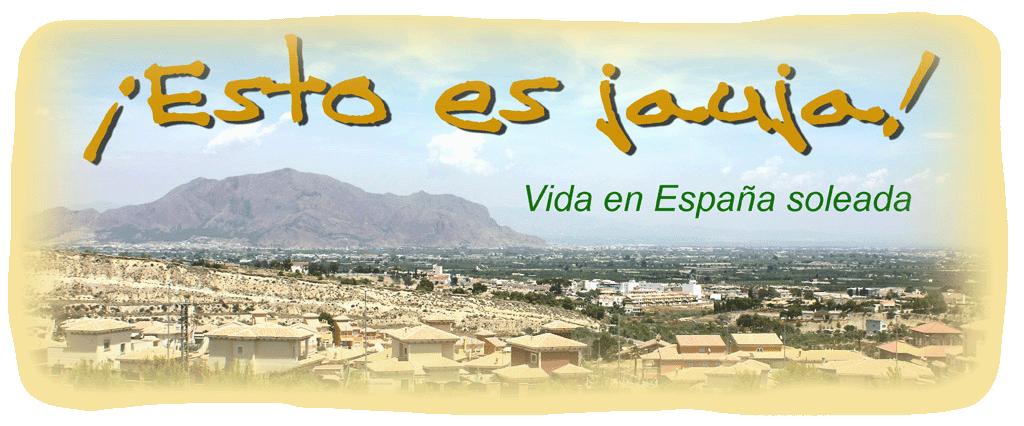When you have young visitors, it is always difficult to decide where to take them. There is always the beach and maybe the local swimming pool; a bit of shopping and a meal out are usually high on the agenda as well.
If you are looking for a bit of culture to broaden their minds, a place to go on a day when the weather is not so good, you are spoilt for choice. There are plenty of places to take children including the new Natural History Museum of Torrevieja which is now open to visitors.
The museum features a collection of dolphin and whale skeletons, 300 species of molluscs, replica bird’s eggs, as well as a selection of 20 beautiful corals.
You’ll find the museum within the exhibition hall of the old RENFE train station in the Acequion area of the city. It has sections for mammals, ornithology, herpetology (reptiles), marine ichthyology (fish), invertebrates and molluscs - all fascinating stuff for inquisitive minds.
As a bonus, all the posters are in both Spanish and English so you should have no problem understanding the displays.
Beside the Natural History Museum in the Plaza de la Estación, is a homage to one of the city’s most famous sons, Ricardo Lafuente Aguado, Torrevieja's most prolific writer of Habaneras songs. His habanera, the aptly named ‘Torrevieja’ can be heard all around the world and he is also the author of Torrevieja’s anthem. Inside you’ll find a collection of objects related to the writer -- recordings, paintings, photographs and general personal souvenirs of Lafuente. For many years, he used the museum as his ‘office’ and often held court here with other famous musicians, choirs and groups.
Just across the road from the RENFE exhibitions is ‘The Salt Interpretation Centre’, which delves into the salt making industry of Torrevieja and the city's history through mainly, audio visual aids, video presentations and models.
The Museum of the Sea and Salt houses an extensive display of archaeological relics, model boats, articles for fishing and navigation, handicrafts made from salt plus a superb collection of photographs. The museum is located just off Ramon Gallud and close to the Municipal Theatre at number 10 Calle Patricio Perez. A new home for the collection is being built at Eras de la Sal but the museum has another couple of exhibits outside of its walls too.
The two most famous of these exhibits are the ‘Delfin S-61’ submarine, given by the Spanish Ministry of Defence to the town and the ‘Pascual Flores’ sailing ship, the last ship to be built on Torrevieja’s beaches in 1917, which once was the star of the BBC series, The Onedin Line. The Delfin-S61 is the only exhibit of its kind in Spain, admission is free and you can visit ‘down below’ on a guided tour followed by a walk through of the Albatross III, a retired custom’s boat.
Once you have done all that, it is time to visit the Tomas Valcárcel Semana Santa Museum where you can see close up all of the Pasos used on the Easter processions, plus uniforms and general history about the processions. It’s located on Calle Formentera, just behind Los Arcos restaurant. A new museum shall soon be built to house the collection close the Bus Station in Town.
If you are not worn out by this stage, the city also has a few more hidden gems, such as the Public Archives, with its collection of printing presses and old documents, the Belen Museum, which houses the Christmas Nativity scenes and the Salinas Interpretation Centre, in La Mata, plus a very small Wine Museum in the town centre. There are other museums and exhibition centres still in the planning stage but most certainly, if you are trying to thing of something to do around town, don’t miss your opportunity to discover more about Torrevieja and her heritage. All the museums have different opening and viewing hours but details can be found on the back pages of the new Spring Cultural program, which is available in the Tourist Offices and the Town Hall.


No comments:
Post a Comment